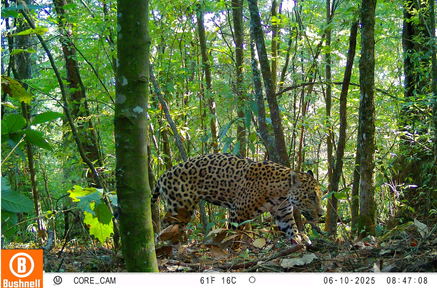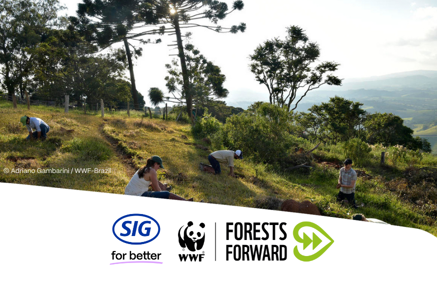Co-packaging: The future of FMCG

Within this evolving ecosystem, contract packaging, or co-packaging, is no longer a simple operational solution. It has become a pivotal strategy for both emerging and established players aiming to achieve market responsiveness and sustainable growth.
Key statistics
- The Indian co-packaging market was valued at USD 47.2 billion in 2023, with a projected CAGR of 7.7 percent. 1
- India’s e-commerce packaging segment is forecast to grow at a 15.1 percent CAGR through 2030, while flexible packaging leads with a 54.32 percent revenue share in 2024. 2
Defining co-packaging as a growth catalyst
Co-packaging refers to outsourcing activities such as filing, labeling, and final packaging to specialized third-party partners. This model allows customers to focus on innovation and brand building, while leveraging expert capabilities in packaging execution. Whether accelerating a product launch or entering new markets, co-packaging delivers the flexibility needed to operate with speed and precision without incurring the cost of building in-house capacity.
How co-packaging has evolved to meet modern demands
Traditionally, large brands manage their production including packaging internally with dedicated manufacturing plants. This model is still going on. However, today’s market is shaped by the need for everything from portions to large family packs in aseptic formats that do not need refrigeration. The push for more sustainable packaging has added complexity and urgency. In this context, outsourcing packaging to specialists has become a competitive advantage.
Cost advantages for today’s FMCG and dairy sectors
From a cost perspective, shifting from fixed to variable costs allows customers to avoid capital expenditure while maintaining the ability to scale. Co-packaging is especially effective for limited-edition launches, seasonal demand, or regional market targeting.
Furthermore, co-packers often invest in state-of-the-art equipment and technical capabilities. Their deep packaging expertise helps ensure regulatory compliance, operational excellence, and innovation in materials and format.
Ultimately, this model allows customers to refocus internal resources on high-value functions such as R&D, marketing, and distribution, accelerating growth while maintaining excellence.
Meeting the specific needs of FMCG brands
Aseptic packaging is highly critical in supporting cold chain independence, product hygiene, and extended shelf life. For fast-moving consumer products, the challenge lies in managing product diversity while delivering sustainable and functional packaging.
SIG’s aseptic carton solutions are ideally suited for both sectors. They offer product protection, shelf-life extension, and differentiation while meeting sustainability targets. Our technology and services enable co-packers to deliver on brand promises with confidence.
How SIG partners with co-packers unlock value
At SIG, we collaborate closely with both brands and co-packers. Our filling machines are built for flexibility, enabling seamless management of multiple product sizes and categories. Our SIG Terra portfolio, including solutions like SIG Terra Alu-free, supports customers in meeting their sustainability goals through reduced environmental impact.
We also provide technical training and operational support, ensuring that every pack, regardless of where it is filled, reflects the highest quality and safety standards.
Looking ahead
Co-packaging is enabling a new wave of strategic flexibility and cost efficiency across India and Bangladesh. For brands striving to grow in today’s fast-moving environment, it offers a route to market that is agile, sustainable, and consumer centric. Continued evolution of this model, backed by strong partnerships and cutting-edge technology, will help shape the future of FMCG and dairy across South Asia. SIG has co-packing volume availability in India for a range of portfolio addressing needs of customers for different categories and SKU sizes.
1 India’s contract packaging market growing - Report, Packaging South Asia (January 25, 2024)
2 India Packaging Market Size & Share Analysis - Growth Trends & Forecasts, Mordor Intelligence (Last updated July 10, 2025)
- August 21, 2025

Forest freeways: Keeping nature connected

How WWF and SIG, together with 25 other leading companies, are working to help forests thrive

